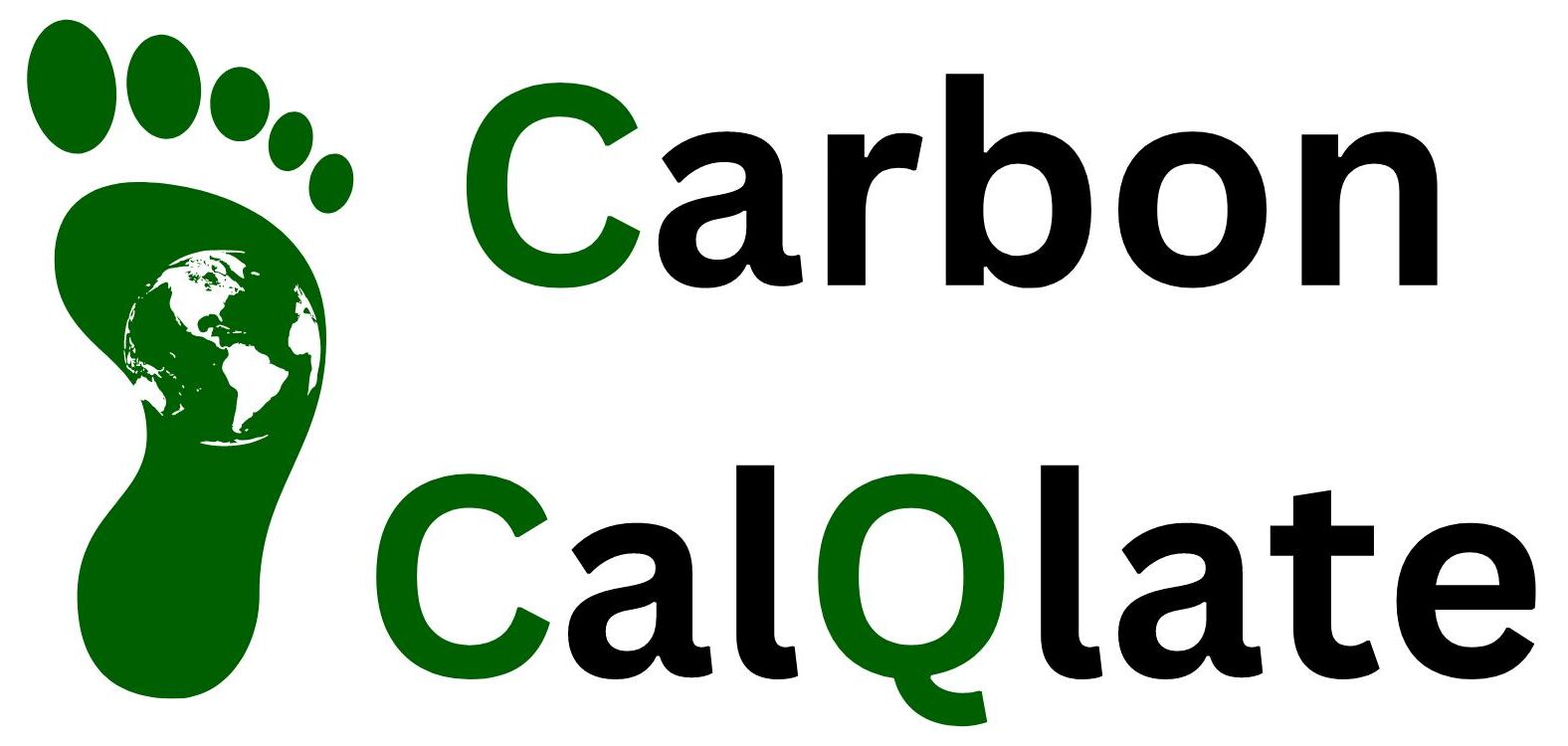Sending an average email generates about 0.3 grams of CO2e. With billions of emails sent daily, this adds up to a significant impact on the environment.
Factors Contributing to the Carbon Footprint
The carbon footprint of emails is influenced by several specific factors:
- Data Centers: Data centers consume significant amounts of energy to store and process email data. Cooling systems used to prevent overheating also add to the energy consumption.
- Devices: The electricity used by computers, smartphones, and other devices to read and send emails contributes to the carbon footprint. More powerful devices typically consume more energy.
- Network Infrastructure: The energy required to transmit emails through internet service providers (ISPs) and telecommunications networks adds to the overall carbon footprint. This includes the power used by routers, servers, and other network equipment.
- Email Attachments: Larger email attachments require more energy to store and transmit, increasing the carbon footprint. Compressing files can help reduce this impact.
- Email Traffic Volume: The sheer volume of emails sent and received daily contributes to the carbon footprint. Each email, regardless of size, adds to the total energy consumption.
Interesting Facts About Email Carbon Footprint
- A typical office worker receives 121 emails daily, resulting in a significant annual carbon footprint.
- Deleting 10,000 old emails can save up to 39 kg (86 lbs) of CO2e annually.
- Unsubscribing from unwanted newsletters can reduce your email footprint significantly.
Email Size and Carbon Footprint Table
| Email Size | CO2e per Email | CO2e per Day (50 emails) | CO2e per Week (350 emails) | CO2e per Month (1500 emails) | CO2e per Year (18000 emails) |
|---|---|---|---|---|---|
| Text-only (4 KB) | 0.3 g | 15 g (0.53 oz) | 105 g (3.7 oz) | 450 g (1 lb) | 5.4 kg (11.9 lbs) |
| Small (75 KB) | 1 g | 50 g (1.8 oz) | 350 g (12.3 oz) | 1.5 kg (3.3 lbs) | 18 kg (39.7 lbs) |
| Medium (1 MB) | 19 g | 950 g (2.1 lbs) | 6.65 kg (14.7 lbs) | 28.5 kg (62.8 lbs) | 342 kg (754 lbs) |
| Large (10 MB) | 194 g | 9.7 kg (21.4 lbs) | 67.9 kg (149.7 lbs) | 291 kg (641 lbs) | 3,500 kg (7,716 lbs) |
Interesting fact: did you know about 10.31GB of email traffic would equal to 1000km of driving? check out the Carbon Footprint calculator for Cars.
Tips to Reduce the Carbon Footprint of Emails
- Limit the number of recipients to essential contacts only.
- Compress attachments to reduce email size.
- Regularly delete unnecessary emails and unsubscribe from spam.
Ways in Reducing Email Carbon Footprint by Bill Gates and Google
Bill Gates on Efficient Email Practices: Bill Gates has long been a proponent of efficient email communication. He emphasizes the importance of keeping emails concise and to the point. Gates believes that by minimizing unnecessary email traffic, we can significantly reduce the energy consumed by data centers and network infrastructure. He practices what he preaches by limiting his own email exchanges and encouraging his teams to do the same. Gates also highlights the importance of regularly cleaning out inboxes to delete unneeded emails, which can help reduce storage requirements and energy use.
Google’s Renewable Energy Investments: Google has made significant strides in reducing the carbon footprint of its email services. The company has invested heavily in renewable energy to power its data centers. This shift to clean energy sources has greatly reduced the emissions associated with storing and transmitting emails via Gmail. Google has also implemented advanced energy efficiency measures in its data centers, such as custom-built servers and cooling systems that use less power. By doing so, Google not only decreases its own carbon footprint but also sets a strong example for other tech companies to follow. Their commitment to sustainability is a key part of their corporate strategy, demonstrating that large-scale digital services can be both efficient and environmentally friendly.
How Much Energy Does it Cost to Send an Email?
Sending an average email costs about 0.3 grams of CO2e. This small amount of energy comes from data centers that store and process emails, and the devices used to send and receive them. Data centers need lots of power for servers and cooling systems.
Network infrastructure like routers and ISPs also use energy to transmit emails. Larger emails with attachments need even more energy. While one email might not seem like much, billions of emails daily add up quickly.
Why Deleting Old Emails Reduces Carbon Footprint
Deleting old emails helps cut down the carbon footprint by reducing data stored in data centers. Less data means these centers use less power for storage and cooling. This small act can make data centers more efficient.
Cleaning out your inbox also helps servers run better and use less energy. By regularly deleting unnecessary emails, you support a more sustainable digital environment. It’s a simple way to help reduce overall energy use.It’s a simple way to help reduce overall energy use and greenhouse emissions.
But Just How Significant is the Impact of All Those Emails?
The impact of all those emails is pretty big. Over 300 billion emails are sent daily worldwide, adding up to millions of tons of CO2e emissions each year. This contributes to climate change and global warming.
Maintaining the infrastructure for email communication uses a lot of energy. Data centers, network devices, and user gadgets all play a part. By adopting better email habits, like reducing unnecessary emails and cleaning out old ones, we can help lower these emissions.




